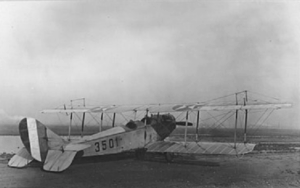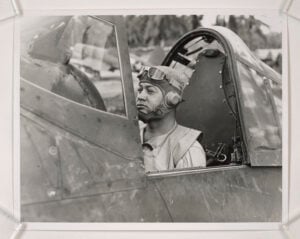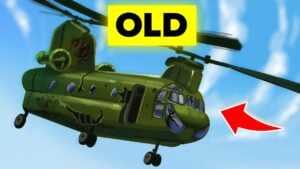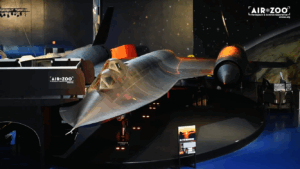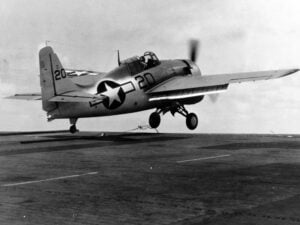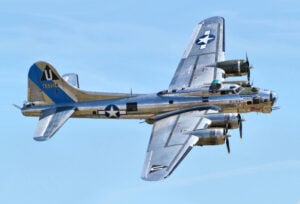How This Flying Tank Buster Hunted Soviet Tanks During WWII
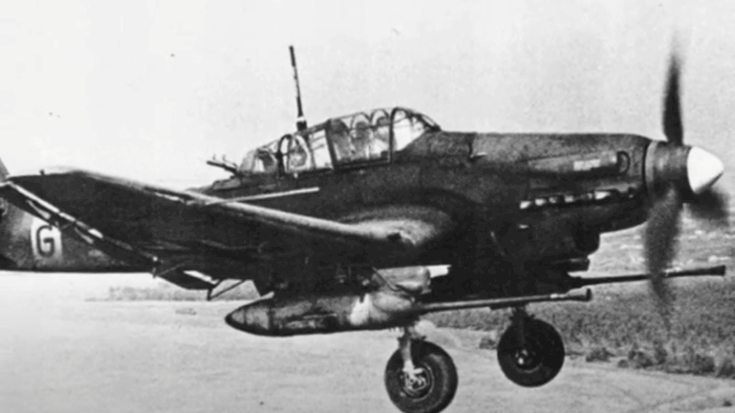
War&History / YouTube
The Stuka’s Changing Role
The Junkers Ju 87, also known as the Stuka, was one of the most recognizable aircraft of World War II. Its inverted gull wings, fixed landing gear, and the sound of its wailing siren made it a symbol of early German air attacks. It played a key role in the invasions of Poland, France, and in the first phase of the campaign against the Soviet Union.
However, as the war continued, air superiority began shifting. On the Western Front, Allied fighters made Stuka missions increasingly dangerous. But in the vast open spaces of the Eastern Front, the aircraft found new life. No longer suited for dive bombing, it was modified for a different mission—destroying tanks.
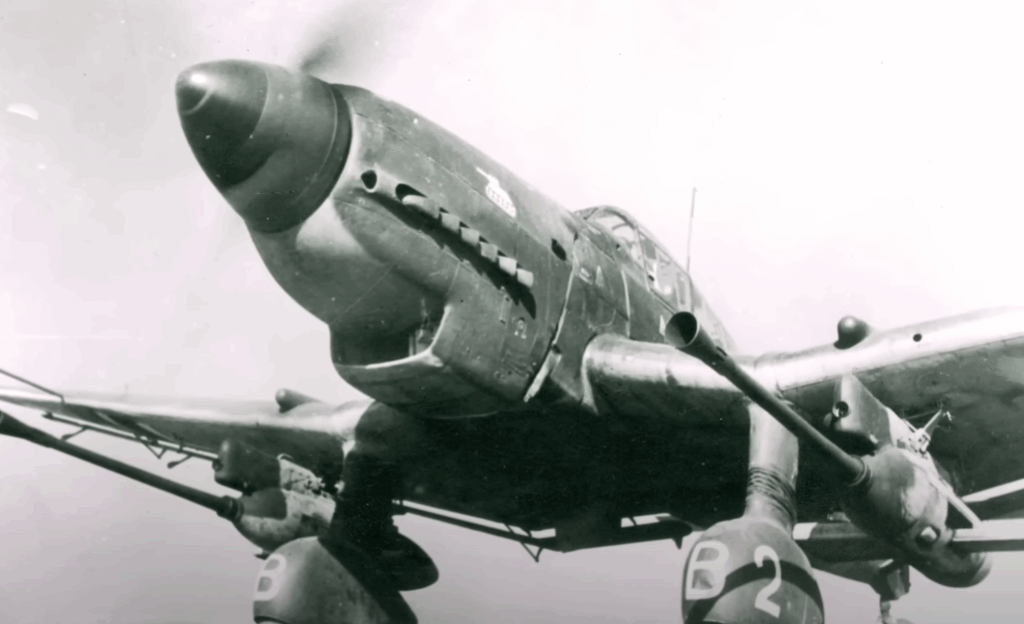
Turning the Ju 87 into a Tank Killer
By 1943, the Soviet Union was deploying large numbers of armored vehicles. Germany needed a new way to counter this threat from the air. Though the Ju 87 was already seen as outdated, its strength, accuracy, and familiarity with ground-attack pilots made it a candidate for modification.
Hans-Ulrich Rudel, the most decorated German pilot of the war, pushed for the Stuka to be converted into an anti-tank aircraft. He had already knocked out several tanks using older Ju 87s armed with 20 mm cannons. But a more powerful weapon was needed. The solution was a pair of 37 mm BK 3.7 cannons adapted from anti-aircraft guns, mounted under each wing. The new version of the plane was designated Ju 87G and nicknamed “cannon bird.”
The Ju 87G in Combat
The first Ju 87G took flight in early 1943. It had a pair of six-round magazines loaded with armor-piercing shells. These weapons gave the aircraft enough firepower to take on Soviet tanks. The first version, the G-1, was built from earlier Ju 87D models but removed dive brakes. The later G-2 variant used longer wings for better stability and payload capacity.
Though heavy and slower than newer planes, the modified Stuka gained a new role as a tank hunter. It was used against a variety of targets—tanks, armored vehicles, bunkers, and supply columns. Stuka pilots often flew from makeshift front-line airstrips and performed multiple missions per day.
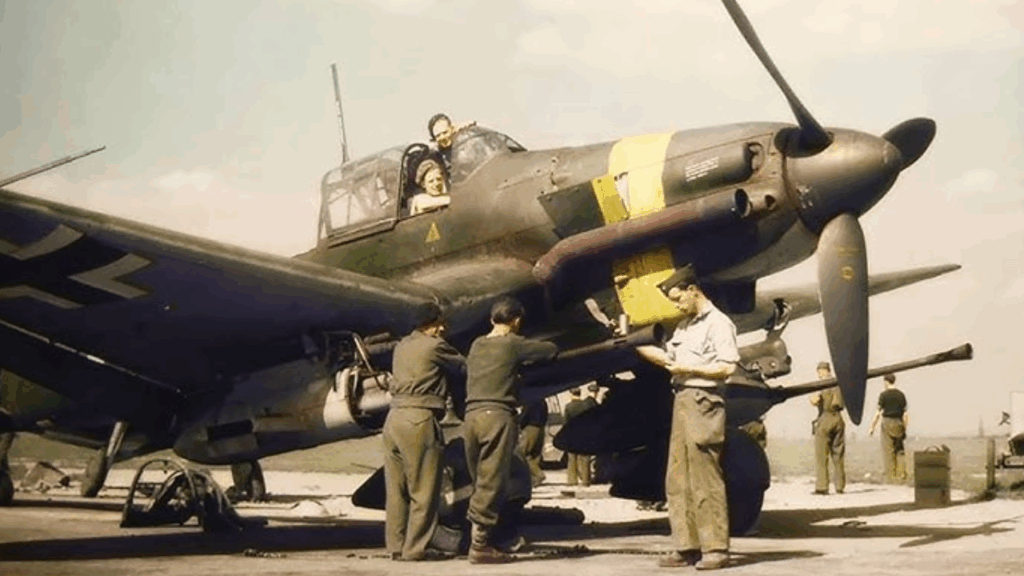
Rudel’s Role in Development
Hans-Ulrich Rudel was recalled in early 1943 to lead an experimental anti-tank unit using the new cannon-armed Stukas. His unit was deployed to the Crimean front, where they attacked Soviet landing craft and support vessels. Rudel alone claimed the destruction of over 70 vessels in that operation.
By July 1943, during the Battle of Kursk, Rudel commanded a Ju 87G1 squadron. While only a few Ju 87Gs were available at the start of the battle, some Ju 87Ds had already been field-modified with the same cannon setup. Rudel and his men attacked Soviet reserve tank columns, and he reportedly destroyed 12 tanks in a single day.
Challenges of Anti-Tank Air Strikes
To successfully destroy tanks like the T-34, pilots needed to fly low and hit vulnerable spots, such as the turret roof or engine deck. The armor on the top of a T-34 was thinner, but hitting it required precise flying at low altitudes. Pilots often had to get within 365 meters to make the shot count.
Rudel advised attacking from just 15 meters above the ground—close enough to draw fire from enemy rifles and machine guns. The Ju 87’s design helped, offering good downward visibility and allowing pilots to aim carefully, but each mission came with high risks.
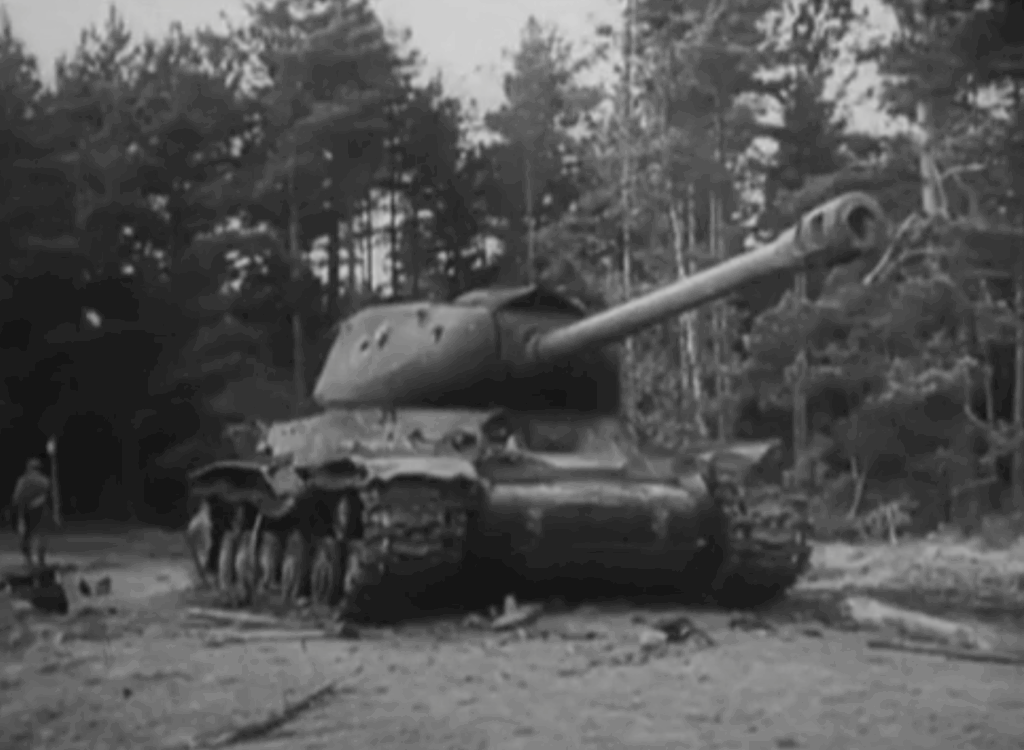
Soviet Response and German Adjustments
The appearance of cannon-armed Ju 87s had a strong impact on Soviet troops. Tank crews became nervous at the sound of Stukas, and the aircraft disrupted armored attacks. Soviet commanders began deploying more anti-aircraft guns alongside tanks for protection.
In return, Rudel’s units adjusted tactics. Missions included escort aircraft armed with bombs or machine guns to suppress enemy ground fire. These escorts also served as lookouts against enemy fighters. Even with these changes, damage to Ju 87s remained high.
Rudel’s Rise and the Stuka’s Final Phase
After the Battle of Kursk, the Soviet Union launched a new offensive. Rudel’s unit was sent north to help slow the advance. He led multiple missions per day, eventually taking command of an entire wing after the former leader was killed. By late 1943, Rudel had flown more than 1,500 missions and was credited with destroying at least 60 tanks.
In November 1943, during a battle at Kirovograd, Rudel’s group helped stop a large Soviet tank attack. While many dive-bomber units switched to newer aircraft, Rudel stayed with the Ju 87. He kept his planes flying despite harsh conditions, worn equipment, and limited supplies.
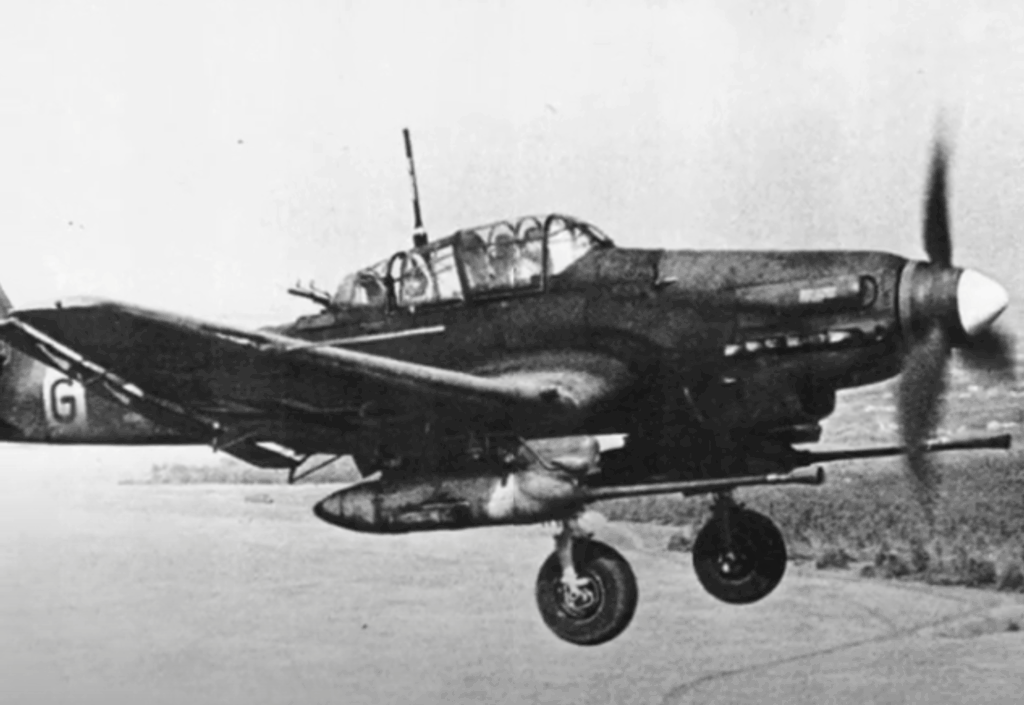
Final Missions and Legacy
In 1944, Rudel attempted a rescue of a downed pilot but was captured. He escaped by swimming across a river and walking over 50 kilometers. By August, he had claimed 320 tank kills. As Soviet forces pushed into Eastern Europe, Rudel’s unit was sent to defend against the advancing Red Army.
He was promoted to lieutenant colonel in October and led operations in Hungary. Despite being shot down twice, he continued flying with his leg in a cast. By early 1945, Rudel had flown over 2,400 missions and claimed 463 tank kills.
When the war ended, Rudel surrendered to American forces. His tactics and use of cannon-armed aircraft later influenced the design of the A-10 Thunderbolt II, built during the Cold War specifically for tank destruction. The Ju 87G’s role as a flying tank buster had set the pattern for close air support against armored forces.













